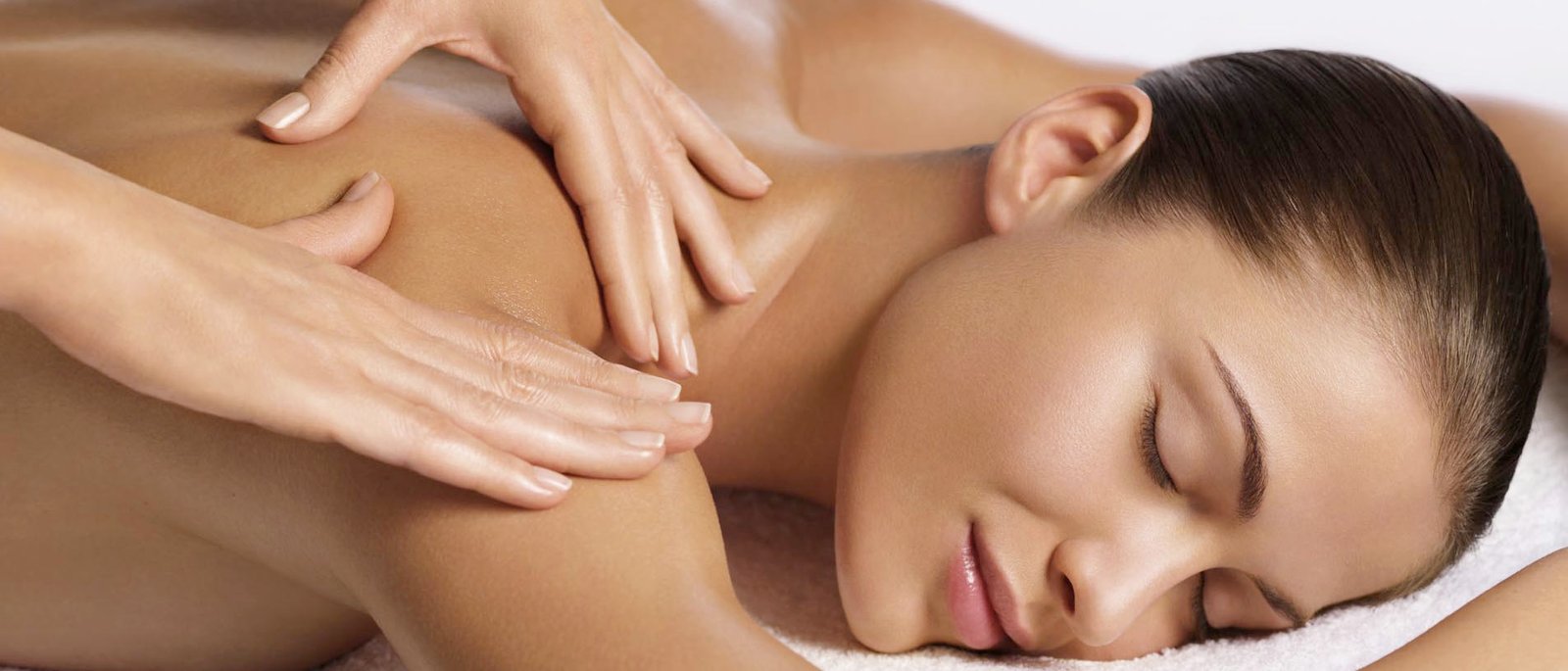The Therapeutic Deep Tissue Massage
Deep tissue massage therapy focuses on the deeper layers of muscles and connective tissue to align them. Deep tissue massage focuses on the muscles which are located below the surface of the top layer muscles. The aim of a deep tissue massage is to release chronic pains in the body such as sore shoulders, stiff necks and low back tightness. The muscle is relaxed through the slow strokes of the therapist and the deep finger pressures applied on specific contracted areas will help relax the muscles, tendons and fascia. The strokes are similar to the strokes in a normal massage therapy but the movement of the strokes is slower and pressure applied is deeper and concentrates more on the areas of pain and tension.
When Should a Person Undergo Deep Tissue Massage?
When muscles in the body are stressed, movement of oxygen and nutrients is blocked and this leads to inflammation of the muscle tissues and this cause the build up of toxins. When the person gets a deep tissue massage it helps to loosen the muscle tissues and releases toxins stored in the muscles. It helps in the proper circulation of blood and oxygen. As toxins are released during deep tissue massage, it is important to drink a lot of water after the massage session, to help eliminate the toxins by flushing it out of the body.
How Does Deep Tissue Massage Work?
When the body suffers from chronic muscle tension or injury, there are bands of painful, rigid tissues called adhesions, formed in the muscles, ligaments and tendons. These adhesions tend to block circulation and cause pain. They also limit muscle movement and cause inflammation.
Deep tissue massage breaksdown these adhesions, relieves pain and restores normal muscle movement. During the therapy, direct deep pressure is applied across the grains of the muscles to break down the adhesions.
Purpose of a Deep Tissue Massage
The purpose of a deep tissue massage is to release tension in the muscle fibers, to eliminate toxins and it is also relaxing and soothing to the muscles. It is corrective and also therapeutic. Deep tissue massage breaks up the scar tissue and thus eliminates scars. This massage is usually recommended for athletes and patients recovering from an injury.
Benefits
Classic massage therapy is used for relaxation but deep tissue massage usually focuses on specific problems like:
Muscle tension
Postural problems
Chronic pain
Limited mobility
Fibromyalgia
Recovery from injuries
Osteoarthritis pain
A study shows that it is more effective in relieving osteoarthritis than prescription medications, acupuncture, chiropractic, exercise, physical therapy and diet.
Immediately after a therapy session of deep tissue massage, people often found an improvement in their range of motion.
However, deep tissue massage should not be taken by people who have:
Undergone surgery, recently.
Under radiation or chemotherapy treatment.
Pregnant women.
Heart problems.
Osteoporosis.
Recent fractures, bruises, inflamed skin, tumors or an abdominal hernia.
During a session of deep tissue massage, the massage therapist uses fingertips, knuckles, hands, elbows and forearms, to intensify pressure on the affected areas. It is a more focused type of massage, as it releases chronic muscle tension called adhesions.



